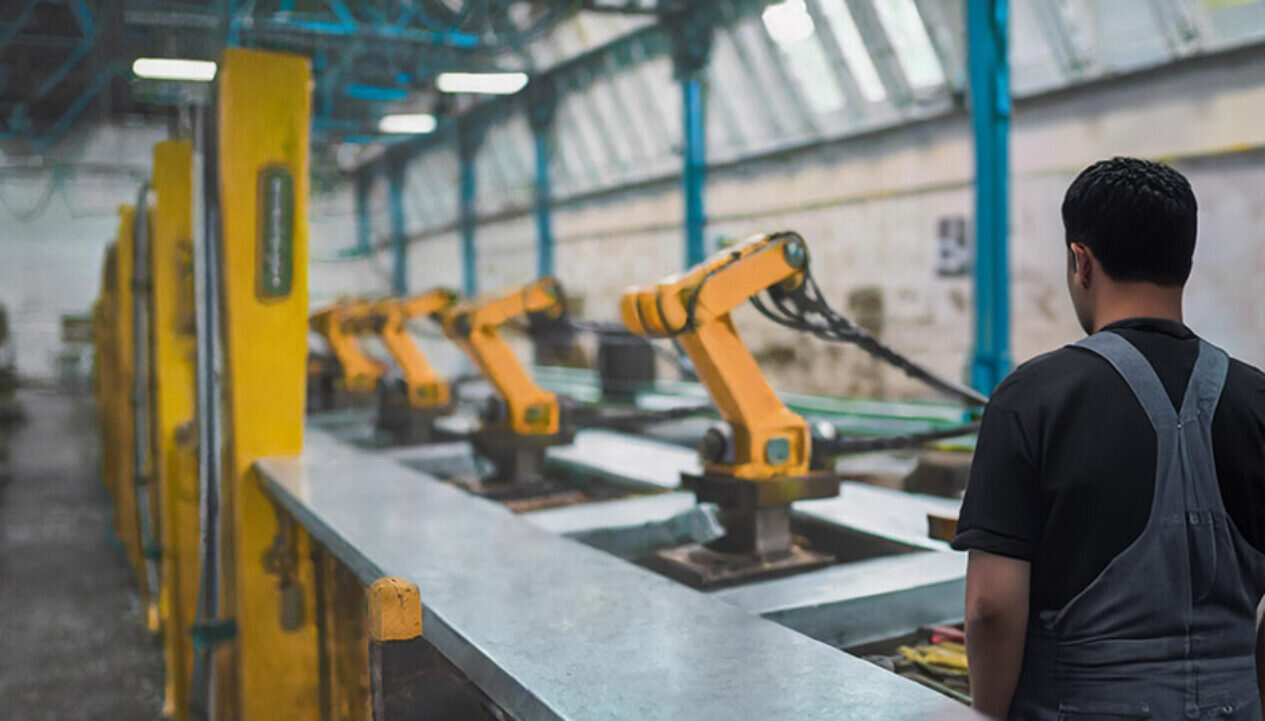
The digital printing industry is striving to become more automated. Sonja Angerer emphasizes the importance of process control and that without it the printing industry will struggle to progress.
In recent years, the topic of “workflow” has become increasingly important in the printing. This is due to the fact that there are now many suitable software solutions available. On the other hand, rising costs, a shortage of skilled workers and growing environmental awareness mean that print shops want to produce as efficiently as possible.
However, the word “workflow” covers a broad spectrum. Wikipedia defines “workflow” as a “spatial and temporal sequence of functionally, physically, or technically related work processes at a workplace.” For the digital printing industry, the workflow when printing on foil, board or paper have very different meanings in the overall process. This ranges from marketing to sales to administrative tasks such as project management, post-calculation and invoicing, work and data preparation to logistics.
What they all have in common is that the workflows in the individual areas are very complex. This makes it a “black box” for employees in other departments and even management, e.g. a process that is quite inscrutable from the outside. This sometimes makes it difficult to automate the sub-areas and interlink them in such a way that an integrated manufacturing process is created.
Margin pressure, a shortage of skilled workers and environmental regulations are forcing the printing industry to automate.
Image Credit: S. Angerer

Automation as a process
The transfer of work processes to machines or software, which can be executed independently, often leads to uncertainty among employees in companies. Employees often fear that workflows and automation may replace their jobs.
In order for automation to work, various prerequisites must be met. These are:
- A clear definition of the goals and requirements of automation, and how success will be measured.
- Careful analysis of existing processes and their suitability for automation. To do this, the company must first document the current processes.
- Identify appropriate technologies and methods for automation. These can be robots, sensors, artificial intelligence, and digital platforms. Sometimes it may only be clever changes in the workflow.
- Implementation of automation, taking into account the technical, organizational and legal aspects.
- Engage, train, and motivate employees who are affected by or expected to support automation.
An automation process should not be seen as a one-time effort, it must be continuously monitored and improved. Process control is used to regularly review the quality of automated processes, obtain feedback, troubleshoot problems, and identify and implement opportunities for improvement.
When processes are constantly monitored, the workflow can be easily adapted and improved.
Image Credit: S. Angerer

Process Control: Automation with an Overview
Process control is the ability to collect, organize, and visualize data about every step of the workflow. As a result, problems can be avoided, which ultimately leads to performance increase.
To automate a workflow, one first need to understand it. To do this, data is required to show how each step of the process works, how much time and resources it consumes, and what results it delivers. However, this data must also be prepared to reveal trends, patterns, and deviations.
Artificial Intelligence (AI) is increasingly implemented in software for process control. This is because AI makes it possible to identify tendencies and predict difficulties that cannot be easily detected by a human. Process control enables employees at all levels to use the relevant data to make decisions, act, and ensure quality.
Process control is not only reserved for management. After all, if it becomes apparent through AI that the printing substrate will run out, or if the employees in a department are unable to process the order peak in time, there is very likely still time to react. This saves effort and money. Above all, however, efficient process control can help to avoid frustration in the workforce of a print shop through forward-looking planning.
Taking back control
It is often difficult for print shops to implement extensive automation processes on their own. That’s why it makes sense to bring partners with experience in the industry on board, such as a consultants. After all, changes must be initiated and, even more important, continued. This is often much easier said than done. Most people are averse to change, and even those who are happy to embrace it may need help adapting.
The combination of automation and process control seems too rigid and inflexible to some people. That’s why it’s important that everyone involved feels heard and understood. It is important that everyone is able to have a say.
With appropriate participation, all employees feel like they have more control over their workplace and work-life balance. This makes automation a success that everyone likes to be a part of.
Discover the latest innovations in automation at FESPA Global Print Expo 2024, Europe’s leading print and signage exhibition. Taking place from 19th – 22nd March 2024 at RAI Amsterdam, Netherlands. Register here to visit and use promo code FESJ406 for a 30 euros discount.